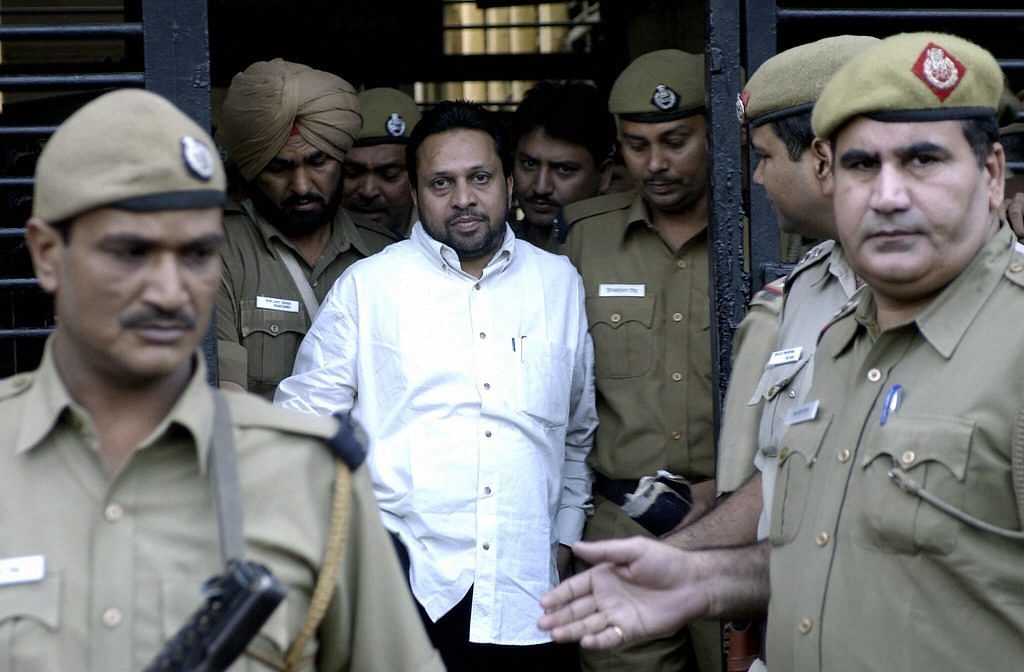Delhi’s former Joint Commissioner of Police reveals that one official jumping the gun almost destroyed what the police had actually found.
New Delhi: In 1995, Naina Sahni, a former functionary of the Mahila Congress was murdered by her husband Sushil Sharma, who was President of the Youth Congress at the time. However, the case made national headlines because of how Sharma had tried to dispose of the body: by burning it in a tandoor of the Bagiya Bar-Be-Que restaurant in Hotel Ashok Yatri Niwas.
Delhi’s former Joint Commissioner of Police, Maxwell Pereira, who investigated the murder that came to be known as the ‘tandoor murder’ case, revealed Tuesday that despite the police’s best efforts no one would believe that Sharma hadn’t chopped up his wife’s body.
“We took pains to tell everybody that there was no chopping (of the body), but the chopping made it sensational. Nobody would give it up,” he said.
Pereira, who released his book Tuesday on the murder titled ‘Tandoor Murder ‘, said during a discussion that even in the Supreme Court verdict they talked about the chopping of the body.
Pereira said that the first forensic analyst in the case jumped the gun and told the media that the body had been chopped up. The analyst also completely ruled out the gun shots at point blank range that were the actual cause of Sahni’s death.
“In the post-mortem report he ruled out the use of firearms and we were totally aghast, because we had already recovered the bullets. We had gone to the house, we had stumbled on the information from the accomplice and our theory of the use of firearms was being washed out,” Pereira said.
Despite constituting a board of forensic specialists to conduct a second autopsy on Sahni’s body, the first version of the story is what stuck.
How Sharma was isolated from his powerful friends
As Sharma was known to have links with powerful people, Pereira explained how he cut the Congress leader’s links to the corridors of power.
“We identified the criminal as Sushil Sharma on the very first day…I made him a barrier to his own political people. Anyone associated with him was afraid,” he said.
The retired police official also said that he had to push courts to accept the gravity of the case.
“The same judge who tried the Priyadarshini Mattoo case and threw the DNA evidence…we had to educate him in the entire usage of DNA,” he said.
The ‘tandoor murder case’ later became a landmark case for the use of DNA evidence and a second autopsy to establish the guilt of the accused.
On crime in India
The former Delhi police commissioner also spoke about the biggest problems the police faces in the country.
“We are a country that loves to make heroes out of criminals,” Pereira said.
He said that archaic British laws that were brought to this country constrained the police and made it difficult to get a conviction.
“If you really follow the law you will never be able to get a conviction in this country,” Pereira said.
